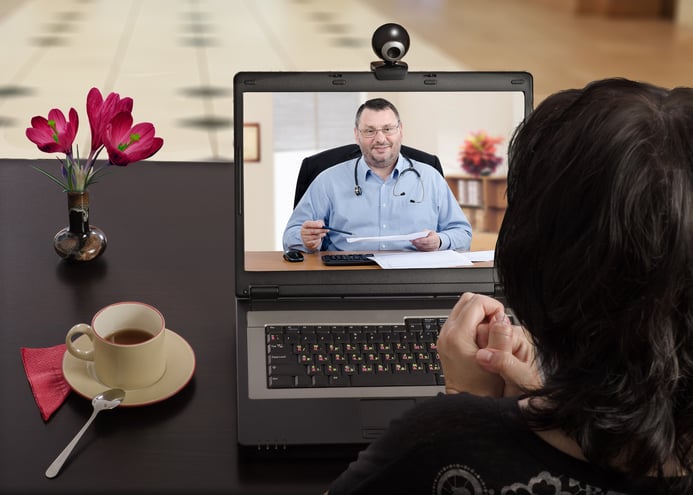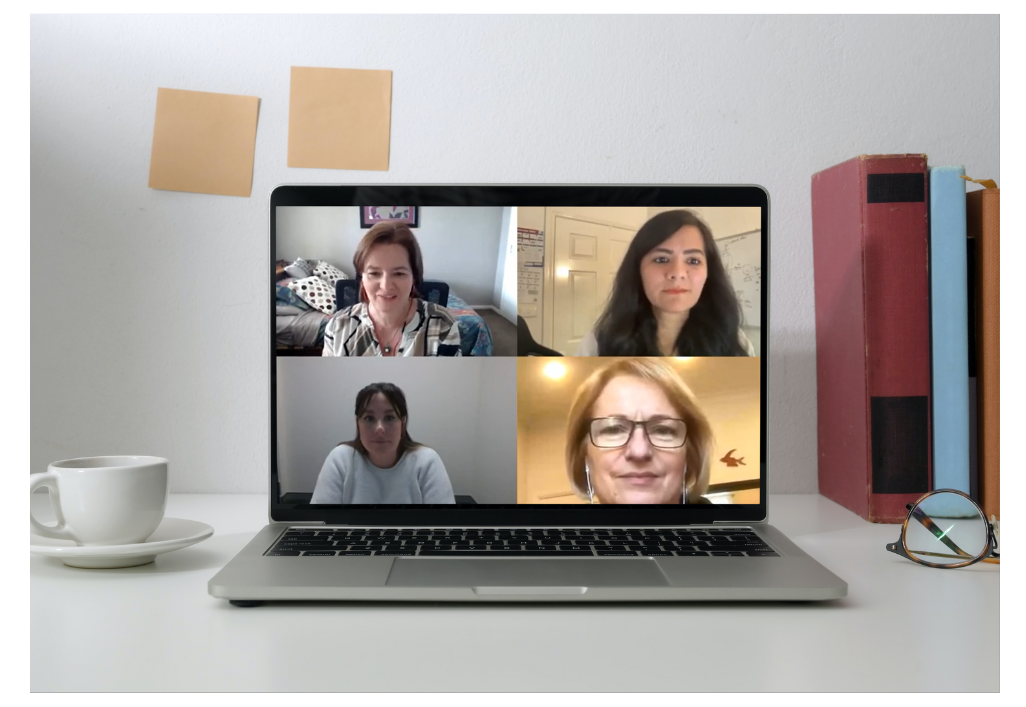6 Common Telehealth myths: Debunked!
In early June, the CEO of the American Telemedicine Association, Ann Mond Johnson, dispelled popular misconceptions about telehealth, at the Xtelligent Healthcare Media’s telehealth event in Atlanta.
Here at Coviu, we have heard the following myths time and time again from those involved in the healthcare industry. We think it is important to break down these false assumptions, in order for telehealth adoption to increase. This way, telehealth can reach its full potential, as an essential component of our current and future healthcare system.
Myth 1: Telehealth is only for rural areas.
It is widely known that telehealth is effective in breaking down geographical barriers and increasing access to care for rural and remote dwellers.
However, there are plenty of scenarios where urban dwellers are just as far away from care - be that because of mental illness, physical disability, post-operation, or simply because of the flu. Attending appointments can also be very time consuming for the average urban dweller, due to slow public transport, severe traffic, long wait times, or just a conflict of appointments as often happens for families.
We can utilise telehealth for simple healthcare transactions such as renewing prescriptions, accessing referrals, collecting medical certificates for missed work or exams, or receiving pathology results. And we can also utilise telehealth for more complex therapy such as accessing mental health treatment or physical therapy.
Video consultations rectify these issues, allowing patients to attend a scheduled session from the comfort of their own home and after hours.
Myth 2: Telehealth is more expensive.
In the past, embracing video consultations was an expensive feat with lots of custom hardware required. But no longer! Due to fast technological advancements, inexpensive and easy to use hardware is readily available to clinicians and patients. A video consultation requires a microphone, speaker, internet connectivity and camera, all of which most modern smartphones, laptops and tablets are already equipped with.
In addition, telehealth tends to make hospitals and businesses more efficient by reducing travel costs and time, and reducing no-shows. One study found that a rural Australian hospital, which was suffering from an insufficient caseload of elderly patients to justify the presence of a regular Geriatrician, saved roughly $131 per patient consultation by employing video consultations, as opposed to travelling a 312km round trip for face to face consults.
Myth 3: Telehealth is not of high quality.
With the use of high definition video and connected devices, today’s video consultations can practically replicate an in-person visit, particularly in cases where physical touch is not needed (see no.1).
In addition, clinicians and patients can often attend telehealth consultations more often than typical face to face sessions, due to the reduced travel time and costs. This means patients often receive greater continuity of care and an improved doctor-patient relationship.
Finally, as more clinicians adopt telehealth, software providers will simultaneously invest in improving every aspect of their service.

Myth 4: Telehealth is impersonal
In her presentation, Johnson highlighted that video consultations, particularly those for mental health services, often compel the patient and provider to actually look each other in the eye.
She also explains that telehealth improves interactions for patients that are uncomfortable seeing healthcare providers in person. The existence of a screen or ‘barrier’ between both parties can actually encourage the patient to be more honest and forthcoming about issues or concerns they may have. This, in turn, improves patients’ health outcomes.
Myth 5: Telehealth providers prescribe more drugs than those treating patients in person.
This misconception, stemming from the recent results of one American study, is unfair to telehealth providers. Limited evidence exists to support this idea, and even then, the issue lies with individual providers and not the platform itself. Johnson also states that once telehealth platforms are equipped with audit capabilities, it can actually promote and improve antibiotic stewardship.
Myth 6: Telehealth is a threat to providers
Whilst telehealth has proven itself to improve clinicians work-life balance, reduce no shows and increase workflow efficiencies, some clinicians feel threatened by its rise. This often is the case for clinicians who have been around for a while, are not well versed in technology and are resistant to change. It is, therefore, the responsibility of the government, health organisations, and telehealth software providers to make the adoption process as simple as possible. These organisations need to support the provider's transition, in order for them to fully realise the benefits telehealth has to offer.
We hope this has clarified some common misconceptions about telehealth that you may have had. If you would like any more information about growing your practice through telehealth adoption, please contact us here.




